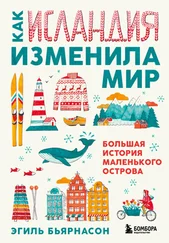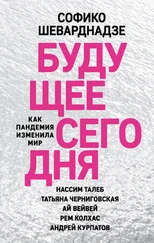R. D. Slemons et al., ‘Type-A influenza viruses isolated from wild free-flying ducks in California’, Avian Diseases, 1974; 18:119–24.
C. Hannoun and J. M. Devaux, ‘Circulation of influenza viruses in the bay of the Somme River’, Comparative Immunology, Microbiology & Infectious Diseases, 1980; 3:177–83.
Джеффри Таубенбергер (р. 1961) – американский патолог и вирусолог родом из Германии, глава секции вирусного патогенеза и эволюции Лаборатории инфекционных заболеваний Национального института аллергии и инфекционных заболеваний США.
Йохан Халтин (р. 1925) – американский микробиолог и вирусолог, а также разработчик систем безопасности автомобилей, путешественник и скалолаз шведского происхождения.
Микробиолог Терренс Тампи, в настоящее время возглавляющий направление иммунологии и патогенеза гриппа CDC, летом 2005 года проводил работы по воссозданию вируса испанского гриппа в одиночку, в строгой изоляции в лаборатории повышенного, третьего уровня биологической защиты (BSL-3E), связываясь с коллегами только дистанционно.
Странным, но эмпирически проверенным образом именно мыши служат оптимальной моделью человека эконом-класса не только вирусологам, но и представителям других естественнонаучных дисциплин.
Иммуноциты – собирательное название десятков видов клеток крови, участвующих в иммунном ответе.
Времена года в контексте обсуждения эволюции вируса в ходе пандемии указаны для Северного полушария.
D. S. Chertow et al., ‘Influenza circulation in United States Army training camps before and during the 1918 influenza pandemic: clues to early detection of pandemic viral emergence’, Open Forum Infectious Diseases, Spring 2015; 2(2):1–9.
M. A. Beck, J. Handy and O. A. Levander, ‘Host nutritional status: the neglected virulence factor’, Trends in Microbiology, September 2004; 12(9):417–23.
Пол Эвальд (р. 1953) наиболее известен как автор фундаментальных трудов «Эволюция инфекционной болезни» ( Evolution of Infectious Disease , 1993) и «Время чумы: новая микробная теория болезни» ( Plague Time: The New Germ Theory of Disease , 2002), где приводятся веские аргументы в пользу того, что многие заболевания неустановленной этиологии, включая т. н. «наследственные», в действительности вызываются еще не открытыми «низкоуровневыми инфекциями».
P. W. Ewald, ‘Transmission modes and the evolution of virulence, with special reference to cholera, influenza, and AIDS’, Human Nature, 1991; 2(1):1–30.
M. Worobey, G.-Z. Hana and A. Rambaut, ‘Genesis and pathogenesis of the 1918 pandemic H1N1 influenza A virus’, Proceedings of the National Academy of Sciences, 3 June 2014; 111(22):8107–12.
F. Haalboom, ‘«Spanish» flu and army horses: what historians and biologists can learn from a history of animals with flu during the 1918–1919 influenza pandemic’, Studium, 2014; 7(3):124–39.
J. K. Taubenberger and D. M. Morens, ‘1918 influenza: the mother of all pandemics’, Emerging Infectious Diseases, January 2006; 12(1):15–22.
S.-E. Mamelund, ‘A socially neutral disease? Individual social class, household wealth and mortality from Spanish influenza in two socially contrasting parishes in Kristiania 1918–19’, Social Science & Medicine, February 2006; 62(4):923–40.
C. E. A. Winslow and J. F. Rogers, ‘Statistics of the 1918 epidemic of influenza in Connecticut’, Journal of Infectious Diseases, 1920; 26:185–216.
C. J. L. Murray et al., ‘Estimation of potential global pandemic influenza mortality on the basis of vital registry data from the 1918–20 pandemic: a quantitative analysis’, Lancet, 2006; 368:2211–18.
C. Lim, ‘The pandemic of the Spanish influenza in colonial Korea’, Korea Journal, Winter 2011:59–88.
D. Hardiman, ‘The influenza epidemic of 1918 and the Adivasis of Western India’, Social History of Medicine, 2012; 25(3):644–64.
Жорж Эжен Осман (1809–1891) – французский государственный деятель, в бытность префектом парижского департамента Сена (1853–1870) по распоряжению Наполеона III организовавший тотальный снос старого города и обустройство на его месте продольно-поперечной сети широких бульваров и авеню с многоэтажной застройкой.
Комнаты для прислуги, «людские» (фр.).
T. M. McBride, The Domestic Revolution: The Modernisation of Household Service in England and France, 1820–1920 (London: Holmes & Meier, 1976)
P. Zylberman, ‘A holocaust in a holocaust: the Great War and the 1918 Spanish influenza epidemic in France’, in Phillips and Killingray (eds.), p. 199.
V. N. Gamble, «There wasn’t a lot of comforts in those days»: African Americans, public health, and the 1918 influenza epidemic’, Public Health Reports, 2010; 125(S3):114–22.
G. D. Shanks, J. Brundage and J. Frean, ‘Why did many more diamond miners than gold miners die in South Africa during the 1918 influenza pandemic?’, International Health, 2010; 2:47–51.
M. C. J. Bootsma and N. M. Ferguson, ‘The effect of public health measures on the 1918 influenza pandemic in US cities’, Proceedings of the National Academy of Sciences, 1 May 2007; 104(18):7588–93.
A. Afkhami, ‘Compromised constitutions: the Iranian experience with the 1918 influenza pandemic’, Bulletin of the History of Medicine, Summer 2003; 77(2):367–92.
A. Noymer, ‘The 1918 influenza pandemic hastened the decline of tuberculosis in the United States: an age, period, cohort analysis’, Vaccine, 22 July 2011; 29(S2):B38–41.
Читать дальше
Конец ознакомительного отрывка
Купить книгу




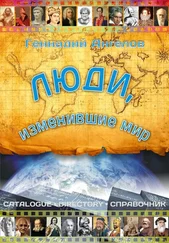
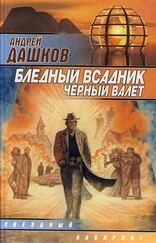

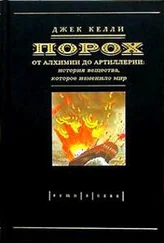
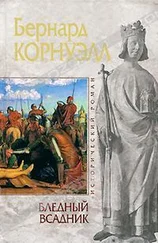
![Бернард Корнуэлл - Бледный всадник [litres]](/books/416290/bernard-kornuell-blednyj-vsadnik-litres-thumb.webp)
